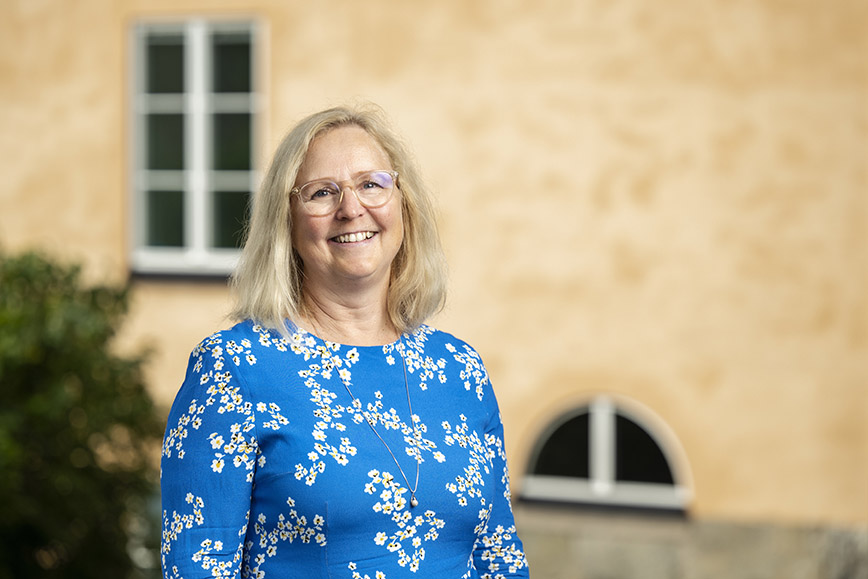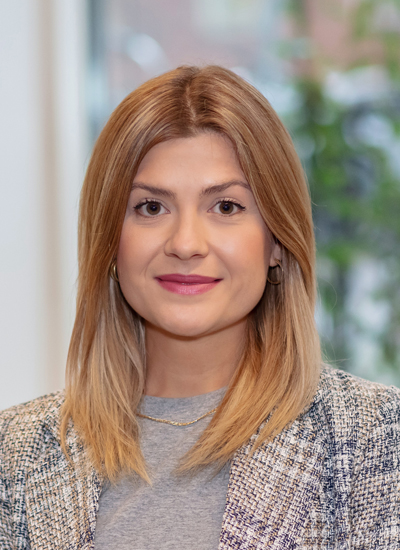New guidelines for KTH competence centres

New guidelines for the competence centres have been approved, providing a clearer framework that will strengthen KTH’s competence centres. In connection with this, KTH has also produced support materials for communications within this field.
KTH conducts major and important research activities in competence centres – a structured type of research collaboration between academia, industry and society within specific fields, often concerning societal issues. There are also other types of research centres that need to be managed somewhat differently.
Annika Stensson Trigell, Professor and Vice President for Research at KTH led the mandate to review the competence centre guidelines. The purpose of reviewing the guidelines is based upon a wish to make clear what the different roles are, what’s expected from the competence centres and how decision processes should be effectively managed at the start, extension and closure of a centre. The goal is to support and strengthen the work done at the various competence centres.
“The idea behind updating the guidelines is based upon the competence centres and the schools’ shared need for better tools and conditions, so they can focus on what they do best. To clarify and set the bar for expectations, as well as create the right conditions for the competence centres, so they receive the support they need from the host school”, says Annika Stensson Trigell. The process of updating the guidelines has been ongoing for many years to establish a functioning coherence and common understanding.
“The main differences are that the processes and role descriptions have become clearer in the new guidelines. In particular regarding how new competence centres are set up, extensions and closures. As part of the process, we’ve applied lessons learned from existing competence centres and even looked at the need in connection to the prevailing research system. The idea is that it should lead towards an increase in quality and professionalism.”
How do the new guidelines affect operations for existing competence centres and for those in the start-up phase?
“Above all, they’re about providing clearer requirements for the different role descriptions and decision processes; but also about the type of support they can expect from the school connected to that particular competence centre. But you also want there to be clearer visibility and connection with the respective school,” says Annika Stensson Trigell, and continues:
“Our work is rooted in a very thorough process which has been allowed to take its time as it’s been such a big and important change that needs to last for a long time. The work has been characterised by the great dedication of many so I’d like to take the opportunity to thank the administrators at the RSO, all the school heads, the centres’ representatives and everyone else who has contributed with their viewpoints and knowledge.”

In connection with the new guidelines, the communications department has reviewed the competence centres’ communications. During the spring of 2022, they have drawn up a framework with various templates to support the centres’ managers and communication managers in their work.
“KTH hasn’t had a common direction for the competence centres’ communications before. It’s been rather unclear as to what was expected of communications staff and managers, and how to work best and most effectively. We interviewed communications staff and managers to establish what the needs and challenges were and based upon that, we drew up a framework and a number of templates which will guide and support the centres in their communications work. This work is now firmly rooted with communications staff both centrally and locally, as well as with management,” says Louise Gustafsson, Research Communications Manager.
- Guidelines on the Management of Research Centres and other templates and documents
- Centre communication
- List of competence centres
Text: Annelie Englund

